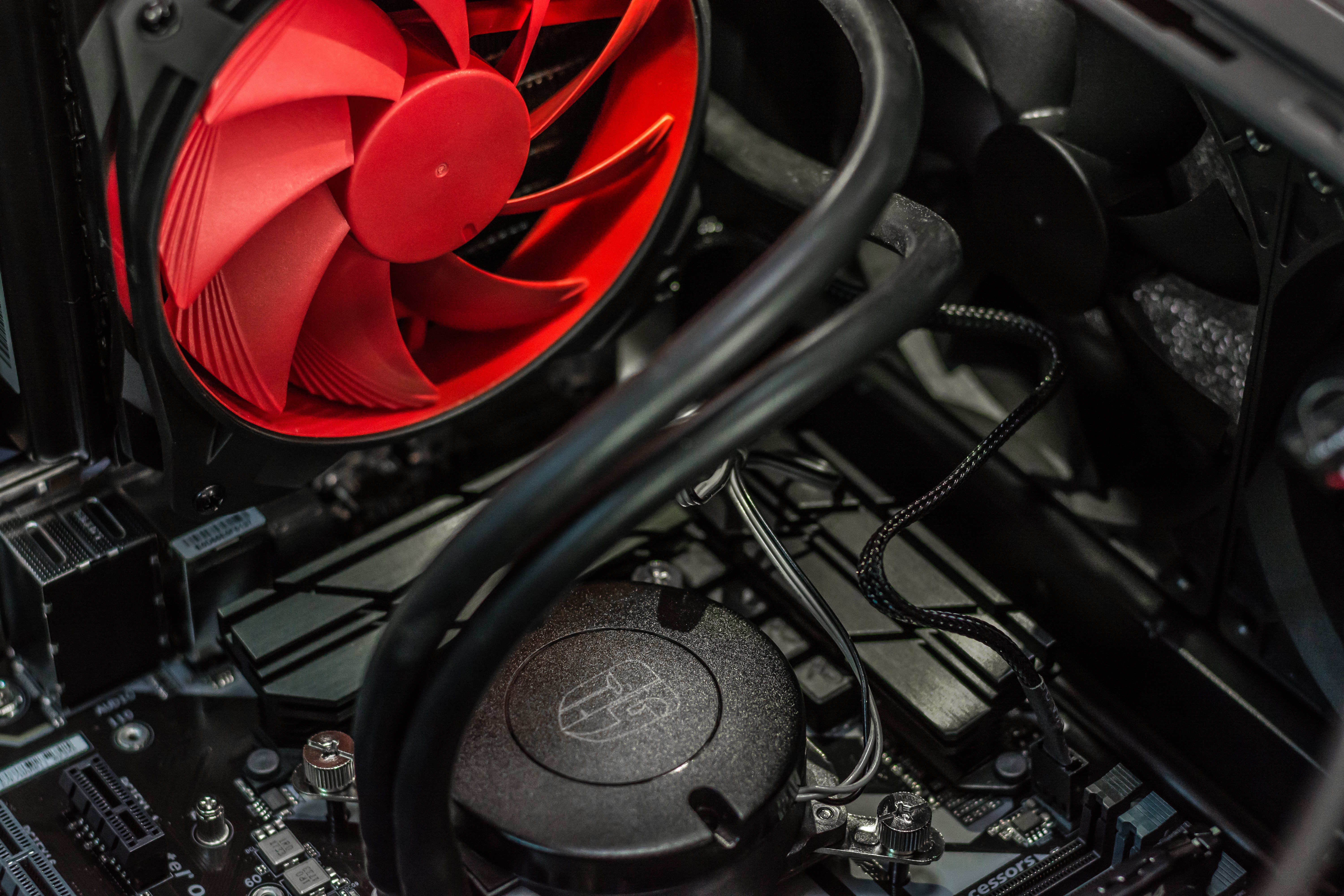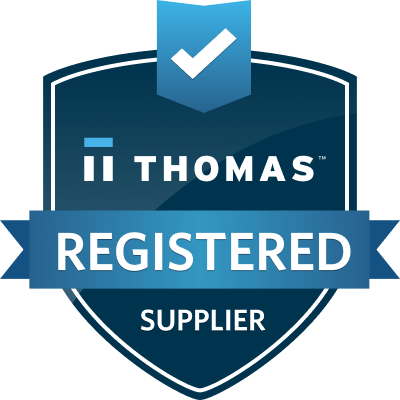Is Switching to a Third Party Hardware Maintenance Provider a Good Idea?
IT managers usually face the fiscal pressure of reducing costs while improving operational efficiency. One of the major costs involves repairing and replacing system hardware components. Strategies that help in extending legacy hardware life cycles are gaining popularity. They allow organizations to continue using the hardware for a longer duration and thereby minimize the cost of IT. While it’s difficult to maintain a balance between legacy and contemporary hardware, this complex environment invites major challenges, this complex environment is important to maximize the value of data center systems.

All of these strategies that aim at extending hardware life cycles focus on having alternative hardware maintenance plans. A major problem here is relying too much on the OEMs (original equipment manufacturers). They undoubtedly offer best-of-the-class experience; however depending solely on the OEMs would leave the hardware uncovered once the end-of-service-life date arrives. Moreover, the extended warranties are way too expensive. A better solution would be to hire the services of third party providers. Let’s see how…
Reduced Costs
Cash is often a huge concern and bottom line for IT managers while aligning operations and business priorities. Getting Dell, HP, EMC support from third party IT Managed Service providers seems to be more budget-friendly.
Simplified Approach
While concerning with OEMs for managing extended warranties of the hardware of your data centers is difficult. It leaves the IT managers confused with many points of contact and complexity that eventually increases the gap. A third-party provider possess the capability to handle multiple device types at a time ensuring that the IT managers focus on their core tasks rather than communicating with many points of contact at the OEMs.
Flexibility
OEMs have their support models. However, they concentrate more on their business’ core competency – selling hardware. Maintenance is the secondary goal and they often have rigid maintenance plans while they strive to excel in their primary goals i.e. the operational sales. IT managed service providers promote support activities as their core competency and therefore can adapt easily to different client demands. IT managers can be more comfortable working with these third-party providers.
Value Addition
A third-party IT maintenance provider offers reliable plans at the best market value. A partnership with them also gives IT managers the access to refurbished parts, making component purchasing decisions, migrating data, and help them move hardware between facilities.
Although hardware maintenance may not seem to be the game changer or revenue generator for businesses, it helps IT manager greatly to simplify operations. Net Activity, Inc. is an IT Managed Service provider in Cleveland that conforms to the latest technological advancements while delivering best-in-class service to its clients around Ohio. Please contact Harry Bhatia at 888-545-5346 to discuss further or visit our website https://www.netactivity.us/it-managed-services/ for more information.




